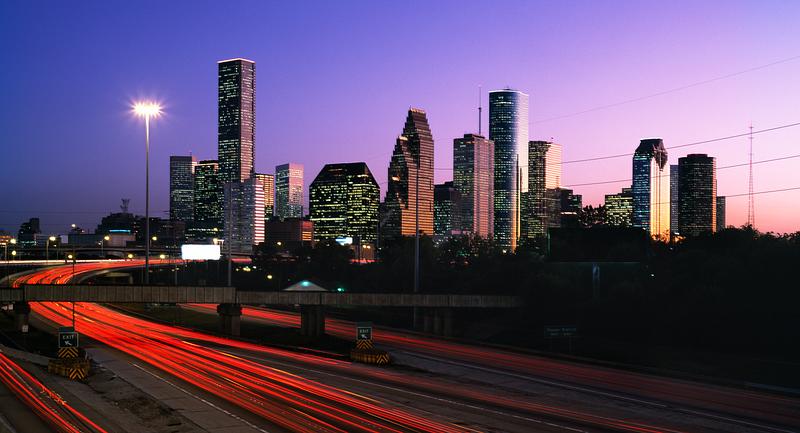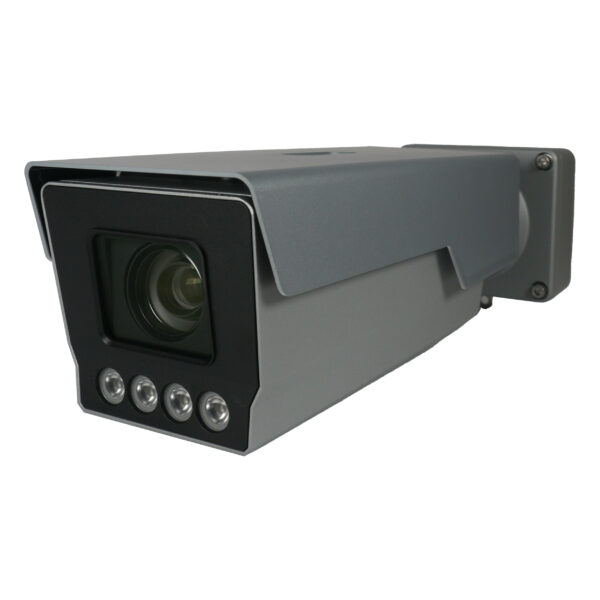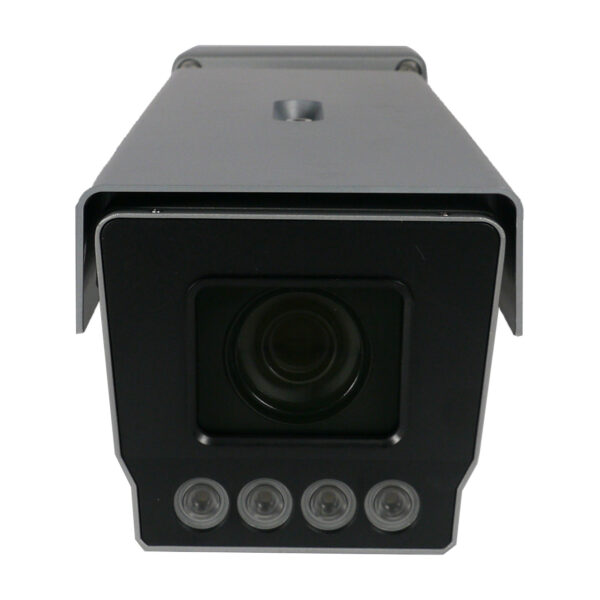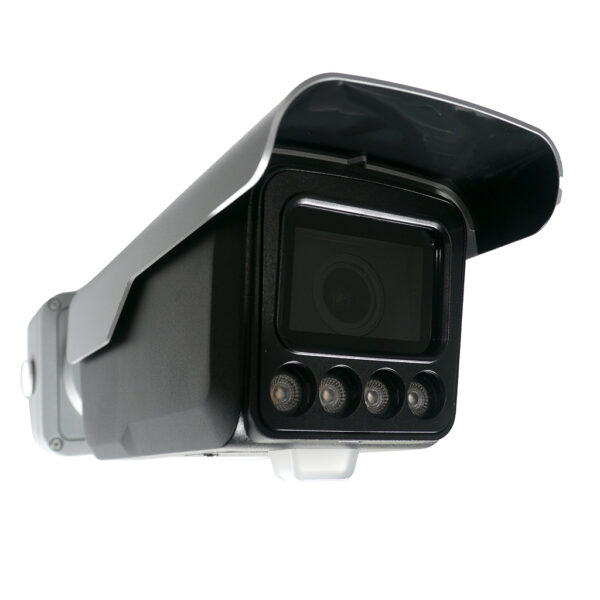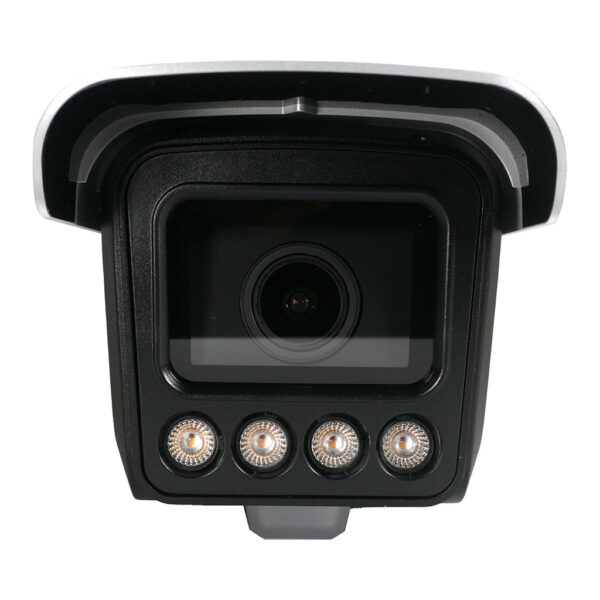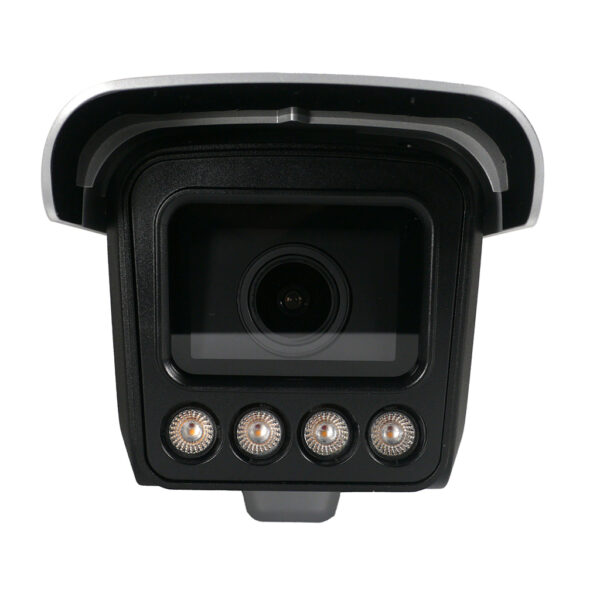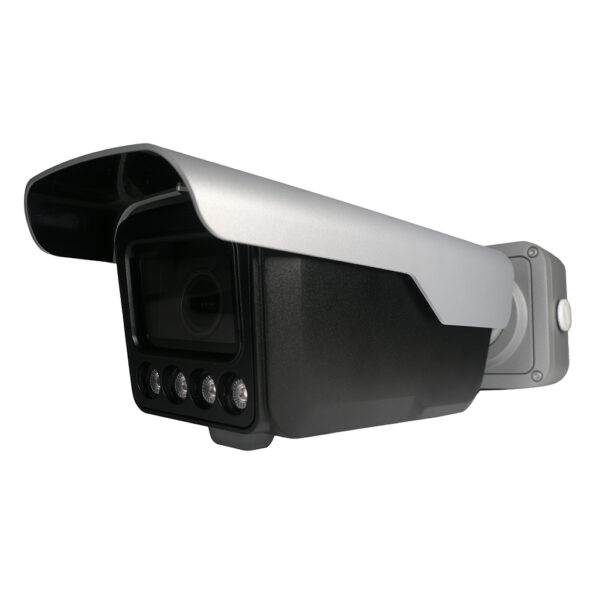Security cameras can indeed read license plates at night, but it requires specific features and proper setup. Here’s a detailed look at how it works and what you need to know:
How It Works
- High-Resolution Cameras:
- High-resolution cameras are essential for capturing clear images of license plates, even in low-light conditions. The finer details are crucial for accurate recognition.
- Infrared (IR) Illumination:
- Many security cameras come with infrared LEDs that provide illumination in complete darkness. This IR light helps the camera capture clear images of license plates at night.
- Low-Light Cameras:
- Some cameras are specifically designed for low-light conditions and can amplify available light to capture readable images. These cameras use technologies like Electron Multiplying CCDs (EMCCD) to enhance image quality.
- Thermal Imaging:
- Thermal cameras detect heat emitted by objects, including vehicles, and can capture license plates even in complete darkness. This technology is particularly useful in environments with minimal lighting.
Factors Affecting License Plate Recognition at Night
- Lighting Conditions:
- Proper lighting is crucial for capturing clear license plate images. Too little light can result in blurry images, while too much light can cause glare.
- Camera Placement and Angle:
- The placement and angle of the camera play a significant role in capturing clear license plate images. Ensuring the camera is positioned correctly and at the right height is essential.
- Vehicle Speed:
- The speed of the vehicle can affect the clarity of the license plate image. Slower-moving vehicles are easier to capture than fast-moving ones.
- Maintenance:
- Regular maintenance, such as cleaning camera lenses and checking alignment, is crucial for maintaining image quality and ensuring optimal performance.
Choosing the Right Camera
When selecting a security camera for license plate recognition at night, consider the following features:
- High Resolution: Look for cameras with high resolution (e.g., 1080p or higher) to capture detailed images.
- Infrared (IR) Features: Ensure the camera has IR LEDs for night vision.
- Low-Light Capabilities: Choose cameras designed for low-light conditions.
- Thermal Imaging: Consider thermal cameras for environments with minimal lighting.
Conclusion
Yes, security cameras can read license plates at night with the right equipment and setup. High-resolution cameras, infrared illumination, and proper placement are key factors for successful license plate recognition in low-light conditions. Investing in the right camera ensures accurate and reliable surveillance.
Related Products
Frequently Asked Questions (FAQ)
Can security cameras read license plates at night?
- Yes, security cameras can read license plates at night using technologies like infrared (IR) illumination and high-resolution imaging. These cameras capture clear images even in low-light conditions.
What features should I look for in a security camera to read license plates at night?
- Look for cameras with high-resolution capabilities (1080p or higher), infrared night vision, wide dynamic range (WDR) for better image quality in varying lighting conditions, and a high frame rate to capture clear details.
How do infrared cameras work for license plate recognition at night?
- Infrared cameras use IR LEDs to illuminate the area in front of the camera, allowing it to capture clear images even in complete darkness. The IR light is invisible to the human eye but helps the camera sensor detect and capture license plate details.
Are there any limitations to reading license plates at night with security cameras?
- Yes, there are some limitations. Fast-moving vehicles, poor weather conditions, and obstructions like dirt or snow on license plates can affect the camera’s ability to read license plates accurately.
How can I ensure optimal performance of my security camera for license plate recognition at night?
- Regular maintenance, such as cleaning the camera lens and ensuring proper alignment, is crucial. Additionally, choosing a camera with advanced low-light technology and placing it at an optimal angle and distance from the area of interest can improve performance.

